Disability Health
Breadcrumb
Discover Equity for Disability Health
Some disabilities are visible and some are invisible. Some people are born with one and some people acquire one as a result of an illness or injury or develop one or more as they age.
One in 4 U.S. adults - 61 million Americans - has a disability that impacts major life activities.
For July, in observation of the annual anniversary date of the enactment of the Americans with Disabilities Act, the NNLM Reading Club brings awareness to Disability Health. Book selections recognize persons who have been influential in changing the conversation around disability health, helping to remove stigma, and redefining the nation's laws to protect the rights of persons with a disability and ensure their inclusion.
"Disability inclusion means understanding the relationship between the way people function and how they participate in society, and making sure everybody has the same opportunities to participate in every aspect of life to the best of their abilities and desires."
Discover MedlinePlus
MedlinePlus is a service of the National Library of Medicine, the largest biomedical library in the world. Use MedlinePlus.gov anywhere, anytime, on any device - for free - to discover high-quality health and wellness information that is reliable, easy to understand, and free of advertising, in both English and Spanish.
Discover information on:
Also discover MyHeathfinder.gov to Stay Active with a Disability: Quick Tips.
Discover NIH
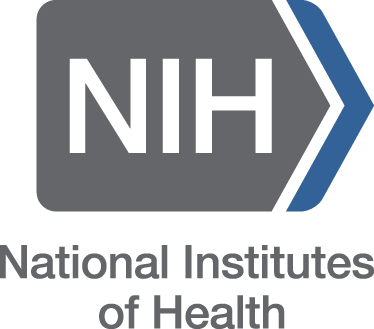 The National Institutes of Health (NIH) is the nation’s medical research agency — making important discoveries that improve health and save lives. NIH is made up of 27 Institutes and Centers, each with a specific research agenda, often focusing on particular diseases or body systems.
The National Institutes of Health (NIH) is the nation’s medical research agency — making important discoveries that improve health and save lives. NIH is made up of 27 Institutes and Centers, each with a specific research agenda, often focusing on particular diseases or body systems.
- The National Institute of Neurological Disorders and Stroke is the leading NIH research center for finding effective approaches to halt the progression of Amyotrophic Lateral Sclerosis (ALS) disease.
- The Eunice Kennedy Shriver National Institute of Child Health and Human Department (NICHD) mission is to lead research and training to understand human development, improve reproductive health, enhance the lives of children and adolescents, and optimize abilities for all. The institute also aims to ensure the health, productivity, independence, and well-being of people through optimal rehabilitation.
- The National Institute of Dental and Craniofacial Research (NIDCR) has several publications for download concerning oral care for persons with developmental disabilities.
- The National Institute on Deafness and Other Communication Disorders (NIDCD) is the primary NIH organization for research on Assistive Devices. Assistive devices are tools, products, or types of equipment that help you perform tasks and activities. They may help you move around, see, communicate, eat, or get dressed. Some are high-tech tools, such as computers. Others are much simpler, such as a "reacher," a tool that helps you grab an object you can't reach.
- The National Institute of Mental Health (NIMH) conducts research and provides resources related to numerous mental health and related topics such as Autism Spectrum Disorder. NIMH provides a publication on Autism Spectrum Disorder and The Centers for Disease Control and Prevention (CDC) provide information, data, and resources related to Autism Spectrum Disorder both in English and Spanish.

Discover More
The CDC Disability and Health Branch promotes health and full participation in society by people with disabilities across the lifespan. 
If you are a parent or caregiver, the Center for Disease Control (CDC) provides free materials for download including an app to help track your child's developmental milestones and to find guidance for intervention.
- Common Traits of Autism
- Screening and Diagnosis of Autism Spectrum Disorder
- Concerned about Development? How to Help Your Child
Assistive Devices
A disability may affect what a person is able to physically or mentally do. However, mobility aids and assistive devices can make tasks easier and help people engage in daily activities whether at work, school, or home. The Veterans Health Administration (VHA) Center for Limb Loss and MoBolity (CLiMB) is a research group focused on preserving and enhancing mobility in Veterans and others with foot and leg impairments or amputations. It currently is recruiting volunteers to participate in a 2-year research study to see if using a Fitbit pedometer and an online peer group changes how much people with a lower limb amputation walk. The Amputee Coalition, the nation's leading organization on limb loss, is dedicated to enhancing the quality of life for amputees and their families, improving patient care, and preventing limb loss. The Limb Loss Resource Center is an excellent place to locate services, ask questions, and order publications in both English and Spanish.
Get Everyone Reading
The Next Chapter Book Club offers a unique community-based book club program for adolescents and adults with intellectual and developmental disabilities.
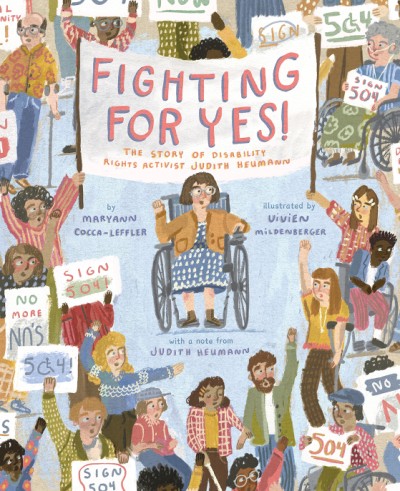 A picture book biography celebrating the life and work of disability rights activist and icon Judith Heumann, highlighting one of her landmark achievements—leading the historic 504 Sit-in in 1977.Fighting for Yes!: The Story of Disability Rights Activist Judith Heumann | Maryann Cocca-Leffler, Author and Vivien Mildenberger, Illustrator | Abrams Books | 2022 | ISBN: 978-1419755606 | Ages: 6-8 Grades: 1-3 | WorldCat
A picture book biography celebrating the life and work of disability rights activist and icon Judith Heumann, highlighting one of her landmark achievements—leading the historic 504 Sit-in in 1977.Fighting for Yes!: The Story of Disability Rights Activist Judith Heumann | Maryann Cocca-Leffler, Author and Vivien Mildenberger, Illustrator | Abrams Books | 2022 | ISBN: 978-1419755606 | Ages: 6-8 Grades: 1-3 | WorldCat
Resources for Teachers About Disability Awareness, Accessibility and Inclusion
Invisible Disabilities
Learning and reading disorders, as well as mental health conditions such as post-traumatic stress, anxiety, and eating disorders, are disabilities not always readily seen. Recognizing and understanding hidden disabilities is important to Communicating With and About People With Disabilities.
Accessibility in Healthcare
Accessibility of doctors’ offices, clinics, and other health care providers is essential in providing medical care to people with disabilities. Due to barriers, individuals with disabilities are less likely to get routine preventative medical care than people without disabilities. Accessibility is not only legally required,* it is important medically so that minor problems can be detected and treated before turning into major and possibly life-threatening problems. - Access to Medical Care for Individuals with Mobility Disabilities | ADA.gov
It has been more than 30 years since the Americans with Disabilities Act (ADA) was made law. Unfortunately, people with disabilities continue experiencing health care disparities - even in healthcare settings. - Iezzoni LI, Rao SR, Ressalam J, Bolcic-Jankovic D, Agaronnik ND, Lagu T, Pendo E, Campbell EG. US Physicians' Knowledge About The Americans With Disabilities Act And Accommodation Of Patients With Disability. Health Aff (Millwood). 2022 Jan;41(1):96-104. doi: 10.1377/hlthaff.2021.01136. PMID: 34982624; PMCID: PMC8740697.
Discover Inclusive Emergency Preparedness Resources
Featured Books
-
Title: Being HeumannPublisher Beacon PressYear published 2020Book image
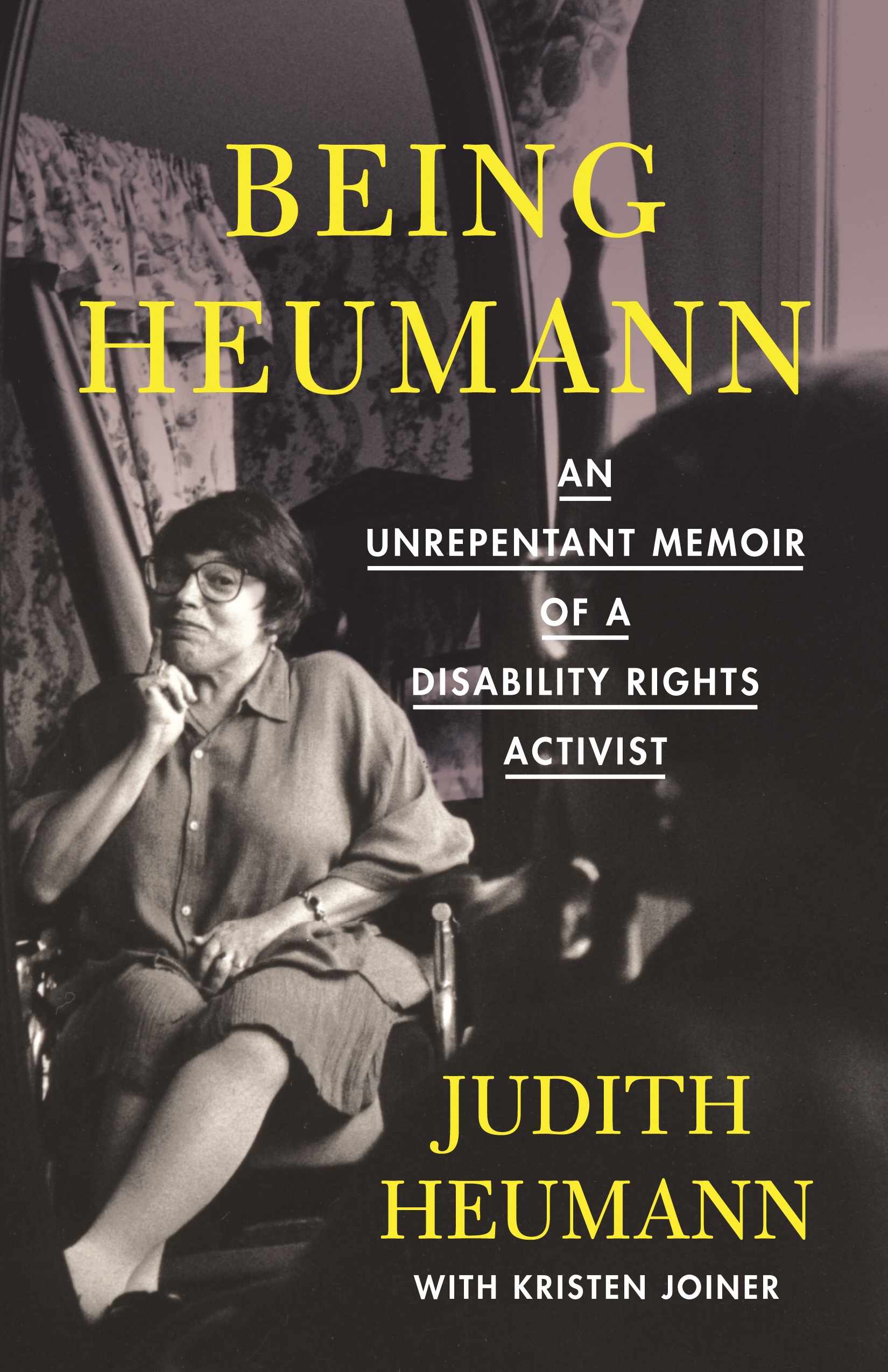
-
Title: Disability VisibilityPublisher Vintage BooksYear published 2020Book image
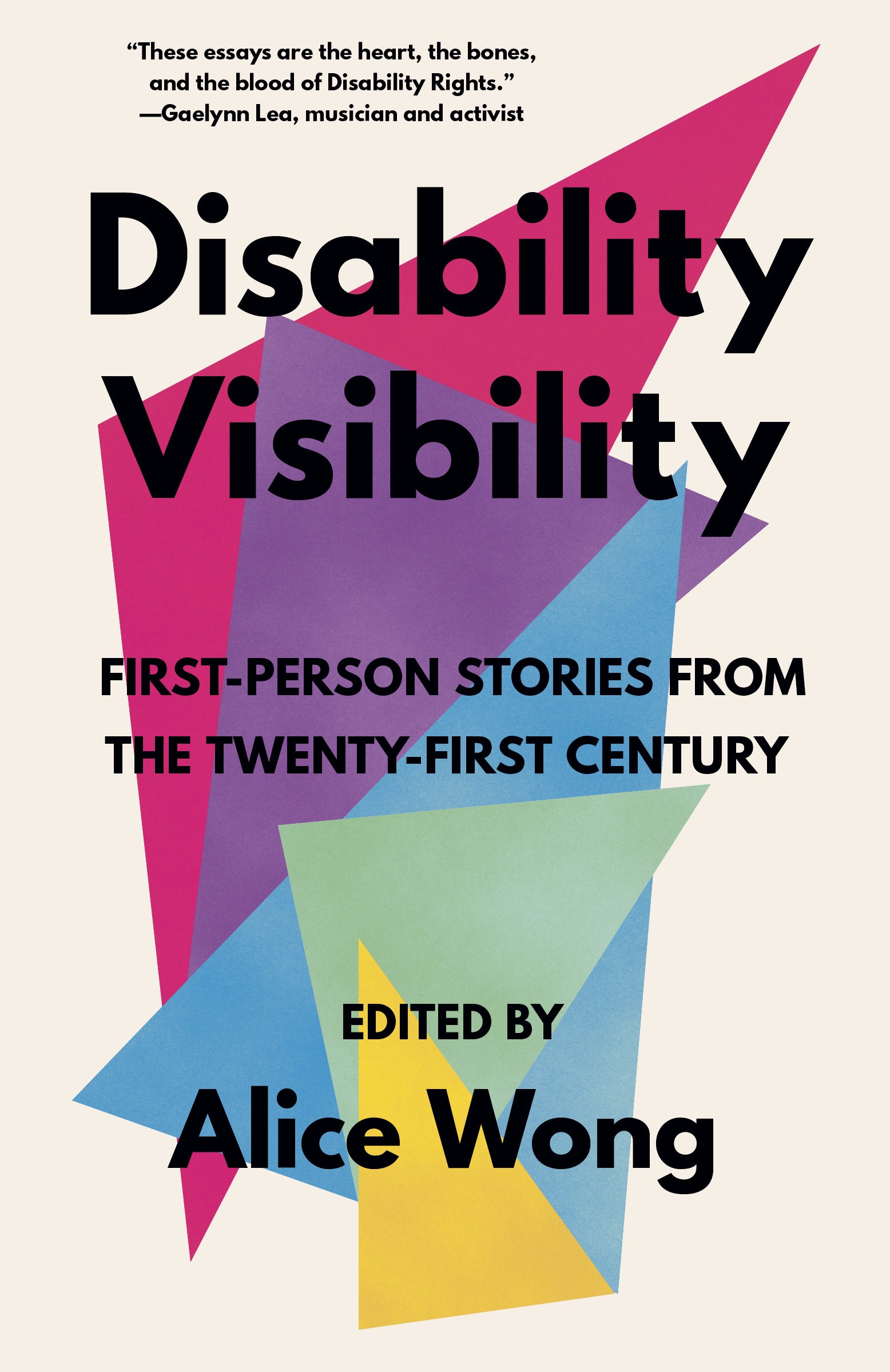
-
Title: Every Note PlayedPublisher Scout PressYear published 2018Book image

-
Title: HabenPublisher Twelve; Illustrated editionYear published 2019Book image

-
Title: Sitting PrettyPublisher HarperOneYear published 2020Book image
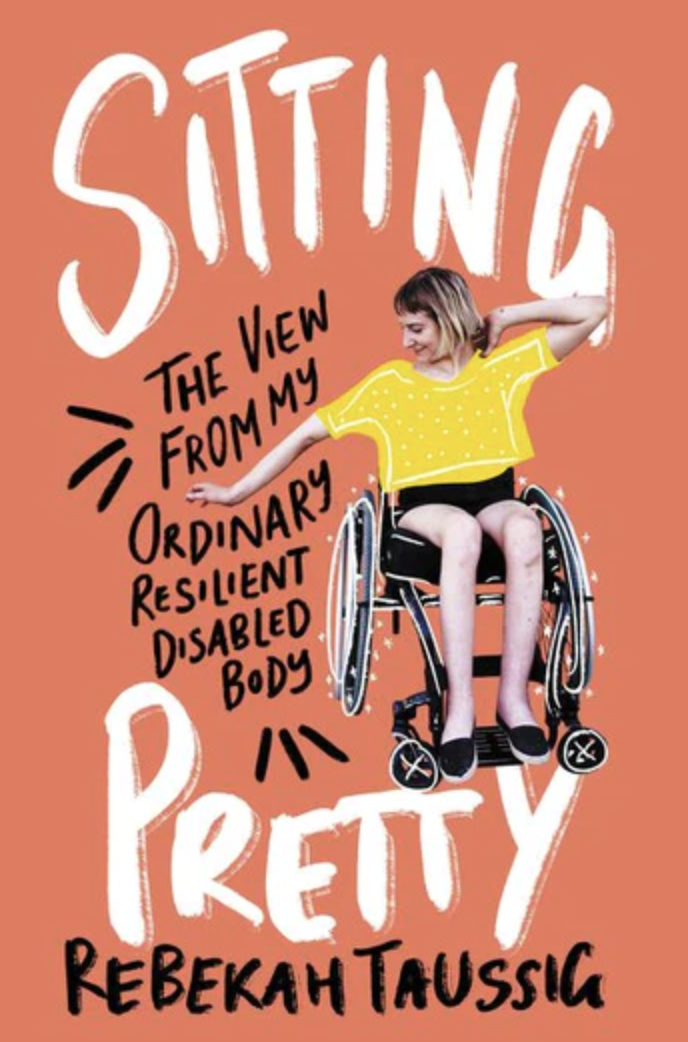
-
Title: Switched OnPublisher Spiegel & GrauYear published 2016Book image
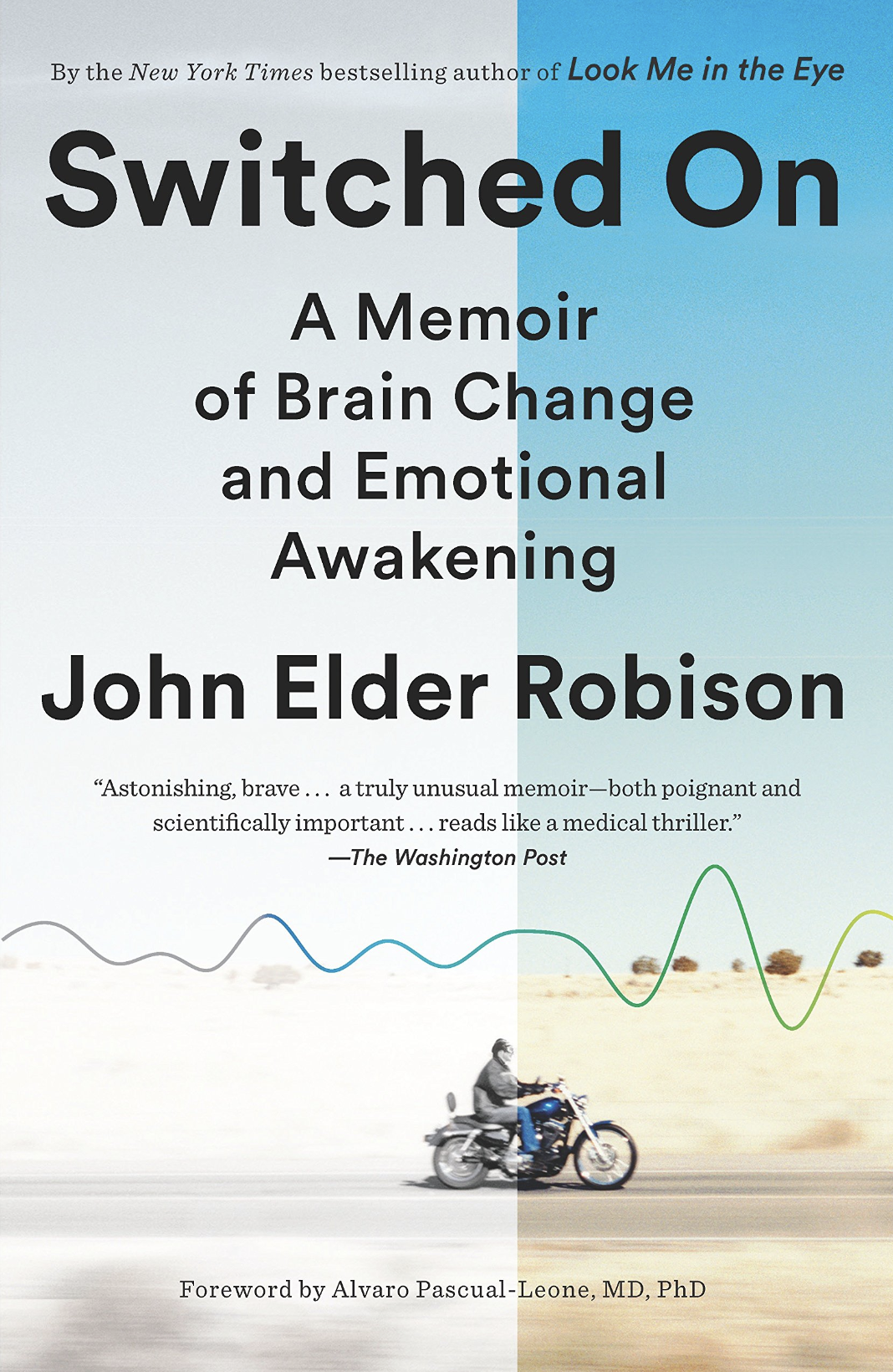
-
Title: Tough as They ComePublisher Convergent BooksYear published 2015Book image
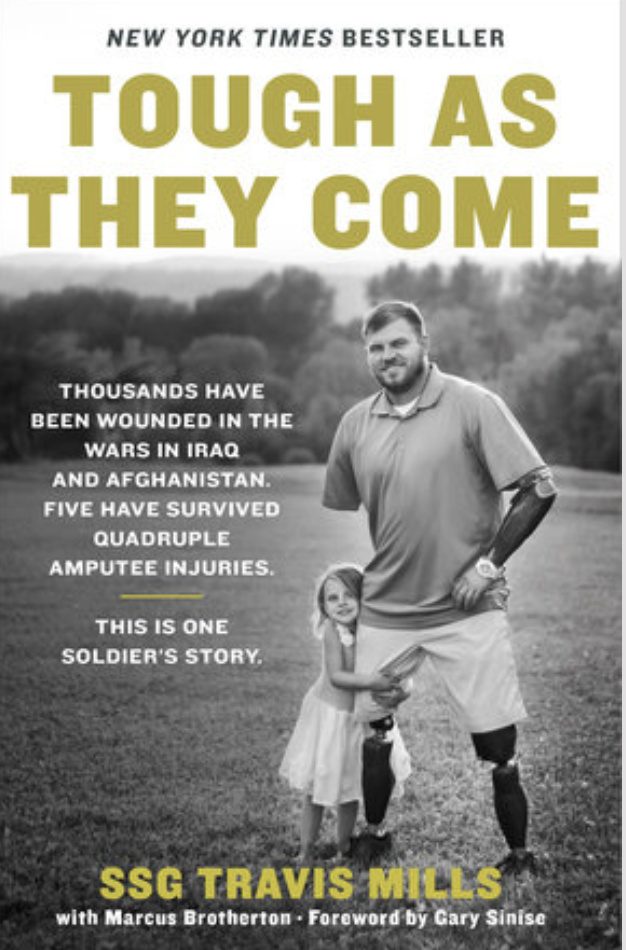
Terms of use: Network of the National Library of Medicine (NNLM) staff offer these health discussion resources for educational use. The materials included do not necessarily reflect the views or opinions of the author, publisher, or the sponsoring agencies of the National Library of Medicine (NLM) and the National Institutes of Health (NIH).


